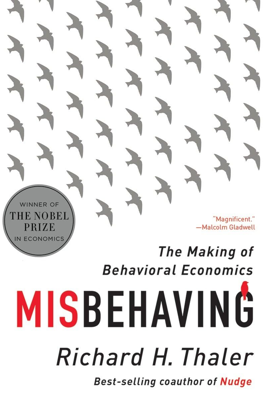The Endowment Effect
The Exploration of Value and Risk in Economic Decisions
The Endowment Effect is introduced with an example from the author's academic journey at the University of Rochester, where early suspicions about economic assumptions began. Despite initial academic hurdles and skepticism as a student, the curiosity about human risk valuation in economics took root, leading to a thesis that aligned human behavior with economic models more effectively.
Thomas Schanning's influence illuminates the contrast between statistical lives and identified lives through impactful anecdotes. These explained how public policies sometimes neglect the lesser perceived value of statistical lives compared to the emotional weight given to identified lives.
While traditional economic models predict equality in risk valuation, data from hypothetical classroom experiments about risk exposure show significant discrepancies between what people are willing to pay to reduce risk versus accept for increased risk. This discrepancy is identified as a failure to recognize "opportunity costs" properly, a core concept in economics that assesses the cost of forgoing a possible benefit when choosing between options.
Real-world illustrations of the endowment effect are provided through anecdotes: - Richard Rosett's unwillingness to sell or pay high prices for wine from his own collection, despite its high market value, shows that ownership increases perceived value, influencing economic decisions irrationally. - Credit card companies' preference for framing additional costs as discounts rather than surcharges reflects psychological impact and consumer behavior manipulation.
Practical implications are discussed with the story of Dean Karlan, revealing how individuals value tickets to high-demand events. The decision to sell or use tickets reflects the owner's perception of the item's worth, influenced heavily by the initial cost and potential gains, highlighting the irrational behaviors associated with ownership and economic decisions.
The chapter ends on a reflective note discussing the significance of these findings and the ongoing challenge to reconcile such behavioral discrepancies with established economic theories. As these investigations deepen, they reveal a nuanced view of human behavior that traditional economics often overlooks but is critical for realistic economic modeling and effective policy-making.
